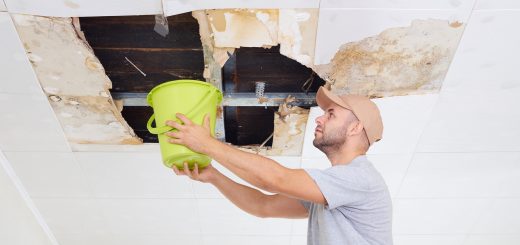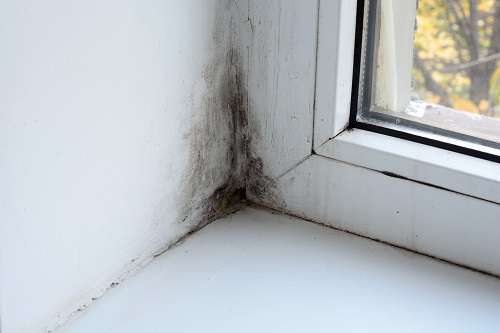How to Repair Drywall Cracks
Cosmetic cracks in drywall can be easily fixed. Typically, drywall cracks occur over time as the home settles or when the structureStructure refers to the framework or components of a buildin... More undergoes stresses. Fortunately, homeowners can utilize a DIY method for repairing minor drywall cracks. Alternately, a qualified drywall patch service may be used.
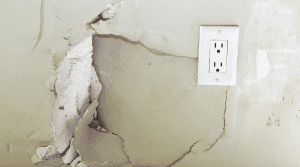
Common stresses that cause drywall cracks include movement of the building; examples include winds from storms, which can stress walls and ceilings. Expanding soil can push up on the home and leadLead is a heavy metal that can be toxic to humans, especiall... More to hairline drywall cracks. Earthquakes, too, can cause the home to shift and result in drywall cracks.
Hot and cold seasons can also cause cracks in the drywall, especially when the internal temperature reaches highs and lows based on outdoor temperatures. Even poor-quality workmanship, like using too much or too little mud or missing drywall tape, can leadLead is a heavy metal that can be toxic to humans, especiall... More to drywall cracks.
A wide range of cracks in the drywall can appear, varying in size, type, and place of the damage. The cracks may be deep, nail pops may occur, or small holes may develop and require repairRepair is the act of fixing or restoring damaged property, m... More. Pick the right method of repairRepair is the act of fixing or restoring damaged property, m... More for the specific type of drywall damage.
Tools that will be necessary to repairRepair is the act of fixing or restoring damaged property, m... More drywall cracks include a razor knife, joint compound, drywall screws or nails and drywall corner bead. A homeowner who intends to use a drywall patch kit to fix minor holes will need extra compound and a 6- or 8-inch knife.
Surface Cracks
Drywall features a seamless paper covering. Cracks are unusual; but, when they appear along the seam where two drywall sections meet, they are easily fixed. Filling the crack with new compound is the solutionA solution is a homogeneous mixture of two or more substance... More when the damage is caused by the dryingDrying is the process of removing moisture from materials, s... More and shrinking of the old drywall compound.

Apply the compound by holding a razor knife at a 70-degree angle and swiping across the crack. Ensure the knife is clean by scraping both sides of the blade. Give the compound time to fully dry, then sand the area. Clean off the dust and paint over the drywall.
Nail Pops
Newly built homes tend to experience nail pops, when the nail heads pull away from the wood studs and cause unsightly bulges through the drywall paint. During installation, the wood was likely inadequately dry, causing warpingWarping is the bending, twisting, or distortion of materials... More and subsequent nail pops.
Fixing nail pops is a task for handy homeowners. Simply drive the nail back into the studs with a hammer or screwdriver. Once this initial step is done, bracket the nail head with the aid of closely spaced drywall screws. Recess the screw heads slightly and cover with joint compound.
Damaged Corner Bead
Corner beads are a type of edging commonly installed on outer drywall corners. The bead itself is sturdy; however, a knock against the corner can cause the drywall compound covering it to crack. Since the damage is usually minor, the section can be cut away and replaced.
Examine the crack to see if the damage is limited to the drywall compound. If the damage is confined to this superficial level, remove all the pieces of chipped and loose drywall, and apply new compound. Taping over the compound is unnecessary.
Small Holes
Budget-friendly and convenient, drywall patch kits are available from local hardware stores to repairRepair is the act of fixing or restoring damaged property, m... More small holes. Kits come with patching screens that work well for holes 1 to 3 inches in diameter at their widest point. When holes are 3 to 5 inches, use kits specifically designed for larger holes.
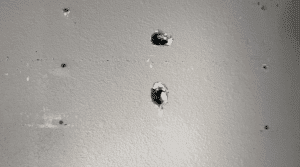
Lightly sand the area around the damage. The drywall patch kits come with a reinforced center panel. Using the self-sticking tape, adhere the patch to the drywall and cover with drywall compound. Allow the compound to fully dry. If necessary, touch up with sandpaper and paint the drywall.
Deep Cracks
As mentioned, drywall features a seamless paper covering. Deep cracks develop when the crack extends through the seam’s paper tape. Using a razor knife, cut the tape 6 to 12 inches on both sides of the crack. Remove the tape without tearing off the paper covering.
Expand the crack through the surface into the stud cavity using the razor knife. Apply new drywall compound to fill the crack. Once it dries, apply a second coating of compound and lightly sand. Apply a third and final coat, blending it into the wall surface. Sand and repaint.
RepairRepair is the act of fixing or restoring damaged property, m... More products are available to homeowners looking to perform a DIY fix of a small drywall crack. In some instances, however, the task may be difficult, such as when attempting to match the texture pattern of the wall. In these cases, an experienced drywall repairRepair is the act of fixing or restoring damaged property, m... More service is helpful.
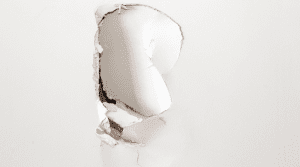
Homeowners may attempt to simply apply drywall mud, which may not be ideal long-term. The application of mud will be minimal in strength; upon temperature fluctuations and normal expansions and contractions, the cracks may reappear. Again, an experienced drywall contractor is advised.
Some cracks, such as wide ones, are red flags and should be repaired immediately by a reputable drywall patching service. Major cracks can be signs of structural issues, depending on their location and severity. The experts fix cracks and prevent them from returning.
Water damage, too, can cause drywall cracks to form. No matter what caused the cracks in the drywall, the drywall specialists will resolve them quickly. They are also experienced in the repairRepair is the act of fixing or restoring damaged property, m... More of damaged plasterPlaster is a building material made of lime, gypsum, or ceme... More and sheetrock walls and ceilings.
These professionals successfully repairRepair is the act of fixing or restoring damaged property, m... More holes in the drywall, bad seams, nail pops, popcorn ceilings and issues resulting from buildings settling. Technicians expertly match the wall color in preparationPreparation is the steps taken to ready a property, equipmen... More for painting. During repairs, they will also match the texture of your wall to ensure a seamless appearance.











